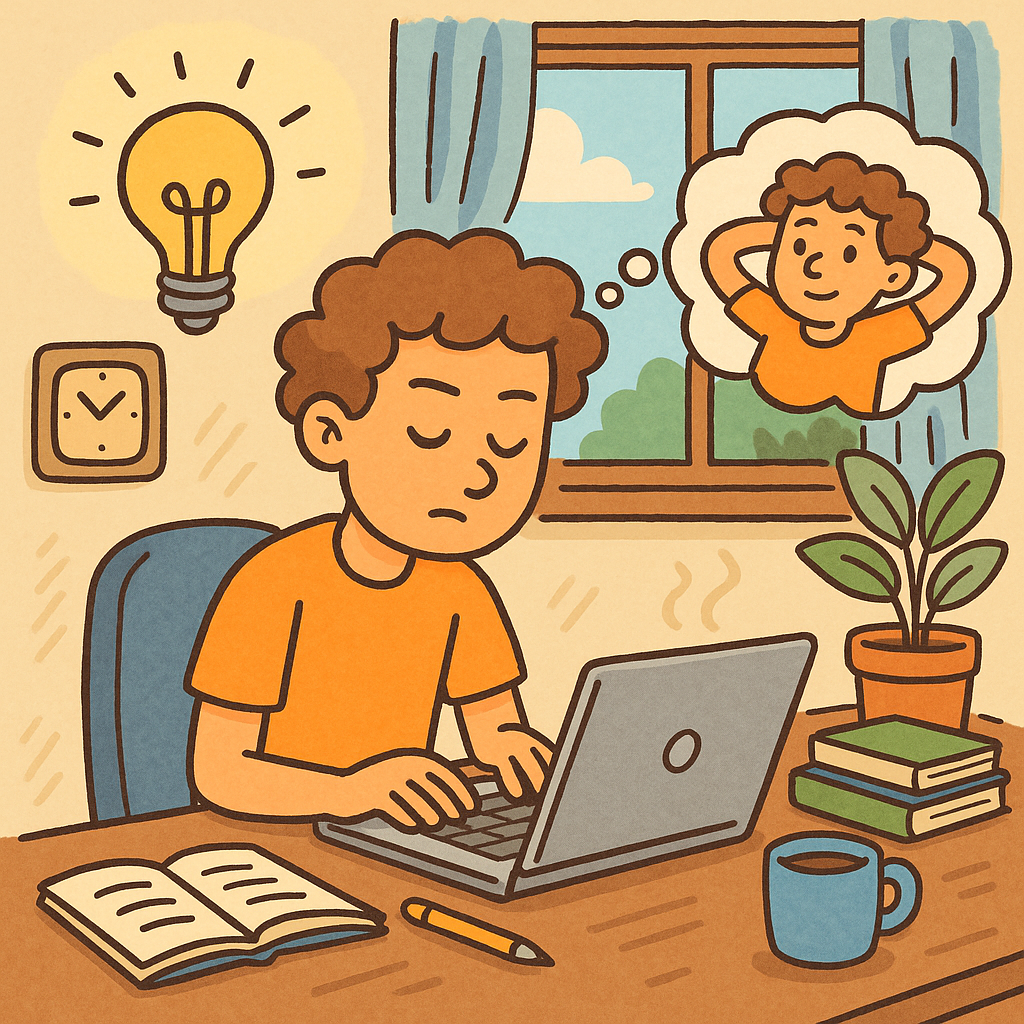In creative work and problem-solving, we often dream of total freedom—no budgets, no deadlines, no limitations. But the truth is, some of the most brilliant ideas, designs, and solutions emerge not in the absence of limits, but because of them.
Whether you’re designing a product, writing a book, building a business, or simply solving a challenge in your daily life, constraints are not roadblocks—they’re tools. When used intentionally, they channel focus, accelerate decision-making, and fuel innovation.
This article explores the hidden power of building with constraints, how they enhance creativity, and how you can use them strategically in your work and life.

Why Constraints Feel Like a Threat
Most of us are conditioned to view negatively. They suggest:
- Fewer options
- Tighter resources
- Less freedom
- More stress
In reality, constraints remove noise. They reduce the number of choices, which lowers cognitive load and helps teams and individuals make better, faster decisions.
Psychologists call this the paradox of choice: more freedom doesn’t always lead to better outcomes—it can lead to paralysis and regret.
The Creative Power of Constraints
1. Constraints Force Clarity
When resources are limited—whether it’s time, budget, or tools—you’re compelled to focus on what matters most.
- What’s the single most important feature?
- What message must be clear in this 30-second ad?
- How can we deliver value without scope creep?
This ruthless prioritization improves output.
2. Constraints Fuel Ingenuity
Some of the most iconic innovations came from creative limitations:
- NASA engineers during Apollo 13 used only materials available onboard to create a carbon dioxide filter.
- Twitter’s 140-character limit (originally set by SMS) forced users to be concise—and shaped modern online communication.
- Haikus, sonnets, and other poetic forms are all constraints that breed timeless creativity.
Instead of asking, What’s possible?, constraints reframe the question as, What’s possible given this challenge?
3. Speed Up Execution
Unlimited time often leads to perfectionism. But deadlines—when realistic—force momentum. You can’t overthink forever. You have to ship.
Constraints also:
- Reduce overdesign and feature creep
- Prevent endless brainstorming loops
- Encourage minimal viable products (MVPs)
As the saying goes: “Done is better than perfect.”
4. Constraints Create a Clearer Path for Collaboration
Boundaries give teams alignment. A clear budget, deadline, or scope eliminates confusion and gives collaborators something to push against together.
Think of it like playing jazz with a defined key and rhythm—it allows room for improvisation within structure.
Building with Constraints in Practice
✅ Start with These Intentional Limitations
| Type of Constraint | Example | Why It Helps |
|---|---|---|
| Time | “We have 48 hours to deliver a working prototype.” | Prevents analysis paralysis and forces focus. |
| Budget | “We can only spend $500 to market this idea.” | Sparks creative thinking in outreach and content. |
| Tools | “We can only use open-source platforms.” | Narrows options and speeds decision-making. |
| Form | “Write this blog in 500 words or less.” | Improves clarity and trims fluff. |
🎯 Reframe Constraints as Creative Prompts
Instead of:
“We don’t have the resources for this.”
Try:
“How might we solve this using only what we have?”
This kind of question activates problem-solving and often leads to more elegant solutions.
✏️ Use for Personal Projects Too
- Writing: Try a 10-minute writing sprint with a word count cap.
- Fitness: Create a workout using only one piece of equipment.
- Learning: Give yourself a strict time limit and no notes to recall what you’ve learned.
These limitations build muscle—not just literally, but cognitively.
When Constraints Go Too Far
Not all limits are productive. Too many overlapping or poorly defined constraints can create:
- Frustration
- Burnout
- Mediocrity
The goal is to find the sweet spot: constraints that channel energy, not stifle it.
Ask:
- Is this constraint purposeful?
- Does it increase focus, or cause confusion?
- Is there flexibility to adjust if needed?
Balance is essential. Rigid restrictions without context can backfire.
Final Thought: Freedom Within Limits
Building with constraints isn’t about settling for less—it’s about focusing your energy on what matters more. In the words of architect Frank Lloyd Wright, “Limits are an artist’s best friend.”
Whether you’re an entrepreneur, designer, student, or creator, consider how you might use constraints to:
- Simplify complexity
- Encourage resourcefulness
- Move forward faster
- Strengthen collaboration
The next time you feel stuck, try narrowing the field. Creativity doesn’t need endless choices. It needs a frame.
References
- IDEO (2023) Design Thinking and the Power of Constraints. Available at: https://www.ideo.com
- Harvard Business Review (2022) Why Constraints Are Good for Innovation. Available at: https://hbr.org
- Psychology Today (2024) The Creative Benefits of Limitation. Available at: https://www.psychologytoday.com






